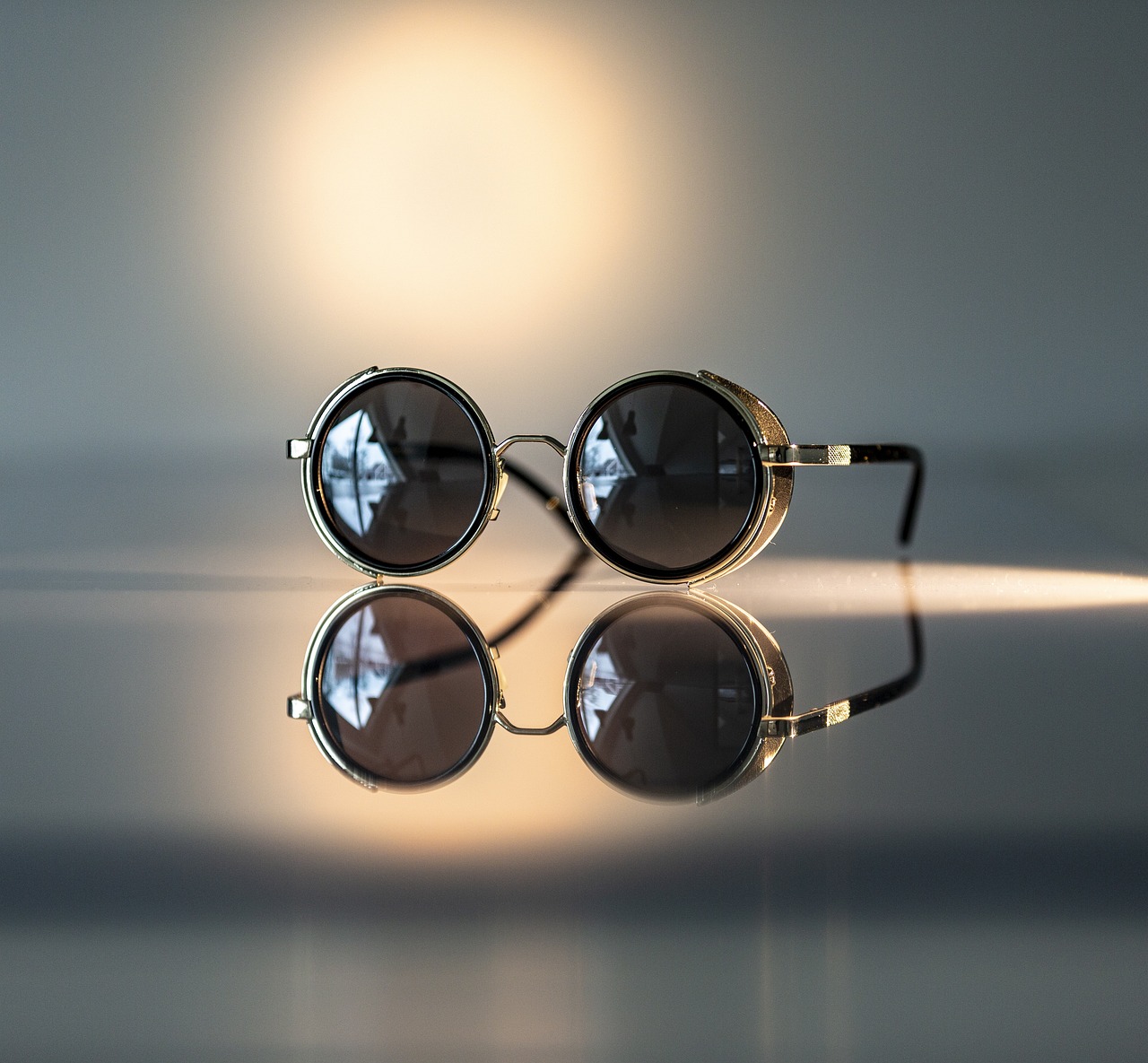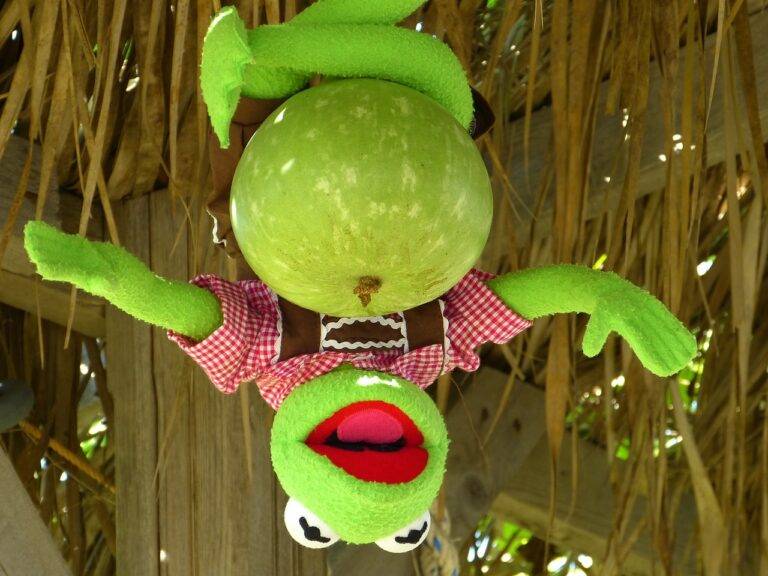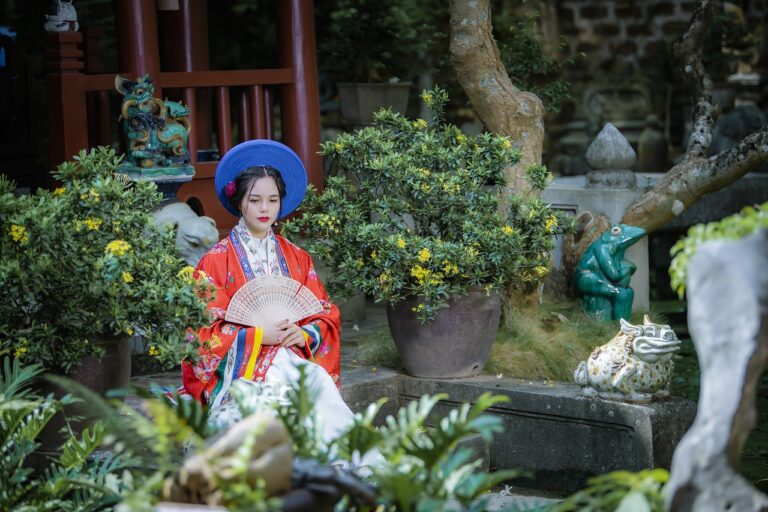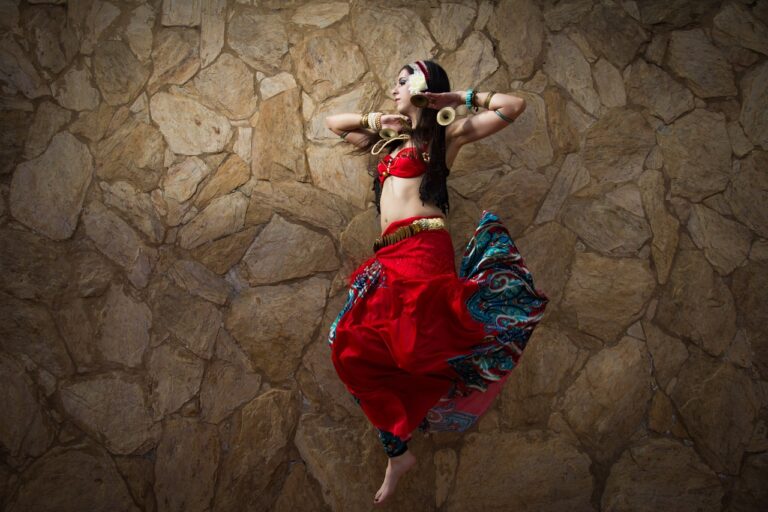Exploring the Psychology of Food Aesthetics in Fine Dining Experiences: Allpanel mahadev, Lotus 365.fun login, All panel login
allpanel mahadev, lotus 365.fun login, all panel login: Exploring the Psychology of Food Aesthetics in Fine Dining Experiences
Have you ever dined at a fancy restaurant and been blown away not just by the taste of the food but also by its presentation? The world of fine dining is not just about how delicious the dish is but also about how visually appealing it is. This is where the psychology of food aesthetics comes into play.
When we sit down to enjoy a meal, our brains are constantly taking in information from all our senses. The way food looks can actually influence how we perceive its taste and even how much we enjoy it. This is why chefs put so much effort into plating their dishes in exquisite and creative ways.
Let’s delve deeper into the psychology of food aesthetics in fine dining experiences.
The Power of Presentation
The first thing we see when a dish is brought to our table is how it looks. The presentation of the food can create anticipation and excitement, setting the stage for a memorable dining experience. Chefs use various plating techniques, such as stacking, drizzling, and garnishing, to make their dishes visually appealing.
Color Psychology
The colors of food can also impact our perception of taste. Bright and bold colors are often associated with freshness and flavor, while muted tones can evoke feelings of comfort and warmth. Chefs carefully choose the colors of their ingredients to create a harmonious and visually stunning dish.
Texture and Shape
The texture and shape of food can play a significant role in how we experience it. Crispy, crunchy, smooth, or creamy textures can add depth and complexity to a dish. Playing with different shapes and forms can create visual interest and enhance the overall dining experience.
Balance and Composition
Just like a work of art, a well-plated dish should have balance and composition. Chefs use principles of design, such as symmetry, contrast, and focal points, to create visually pleasing arrangements on the plate. This attention to detail can elevate a meal from ordinary to extraordinary.
The Emotional Connection
Food aesthetics can also evoke emotions and memories. The sight of a beautifully plated dish can trigger nostalgic feelings or create a sense of excitement and anticipation. This emotional connection can enhance the overall dining experience and make it more memorable.
The Role of Social Media
In today’s digital age, food aesthetics play an even more significant role in fine dining experiences. With the rise of social media platforms like Instagram, beautifully plated dishes have become a form of art that people love to share. Chefs are now creating dishes with Instagram-worthy visuals in mind, catering to a visually driven audience.
In conclusion, the psychology of food aesthetics in fine dining experiences is a fascinating subject that highlights the importance of the visual aspect of food. From color psychology to texture and shape, every element of food presentation can influence our perception and enjoyment of a meal. Next time you dine at a fancy restaurant, take a moment to appreciate the artistry and thought that goes into plating your dish.
FAQs
Q: Can food aesthetics really affect how we perceive the taste of food?
A: Yes, studies have shown that the visual presentation of food can influence our perception of taste and flavor.
Q: Why do chefs put so much emphasis on plating their dishes?
A: Chefs understand that the way a dish looks is just as important as how it tastes. Presentation can enhance the overall dining experience and create lasting memories.
Q: How can I improve my own food plating skills at home?
A: Experiment with different colors, textures, and shapes. Pay attention to balance and composition, and don’t be afraid to get creative with your presentation. Remember, we eat with our eyes first!







